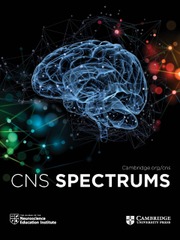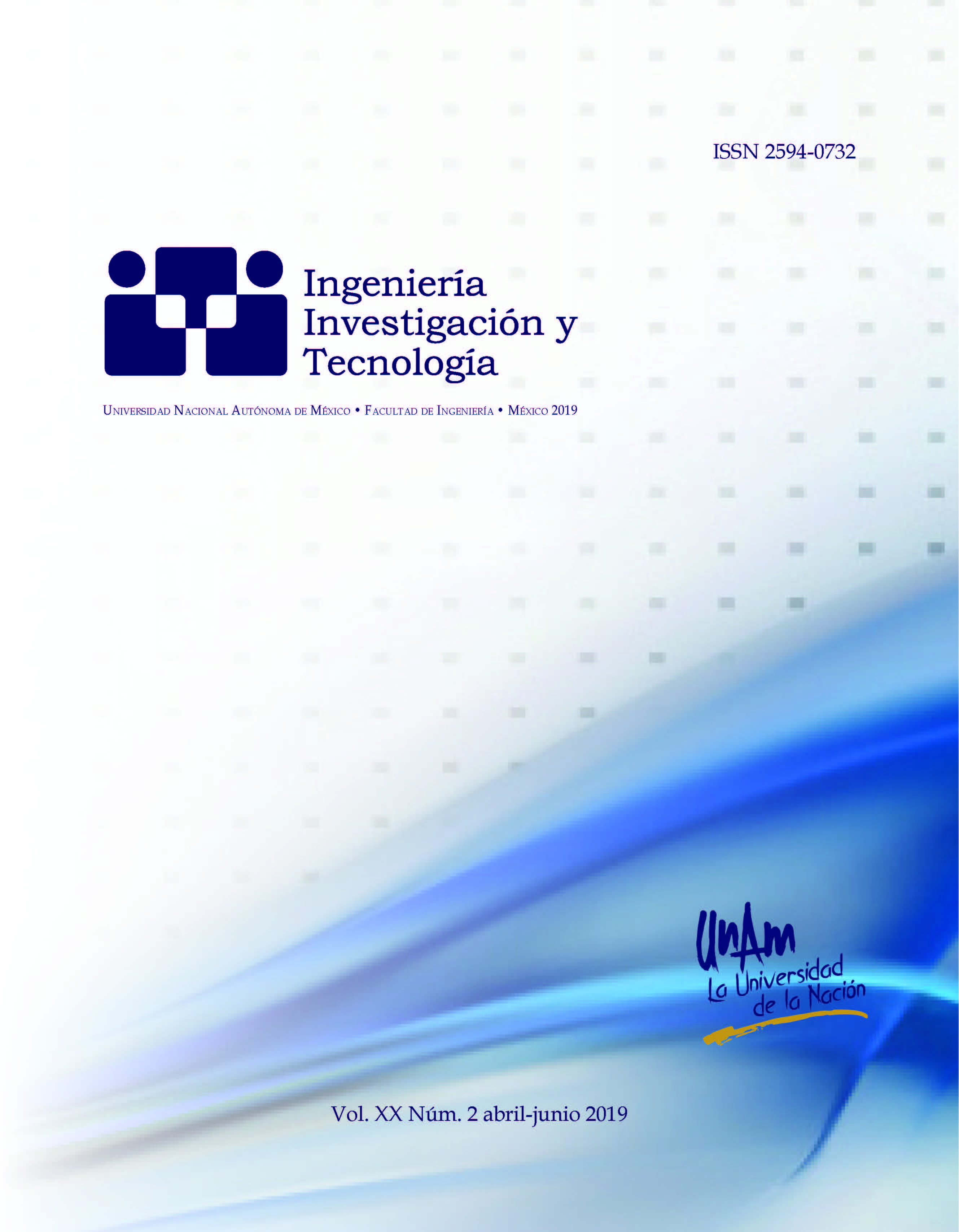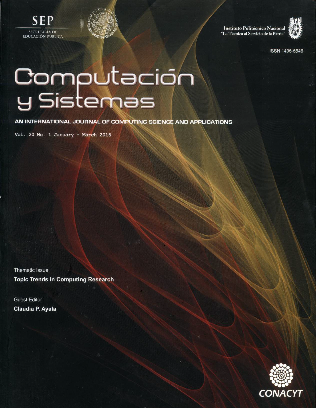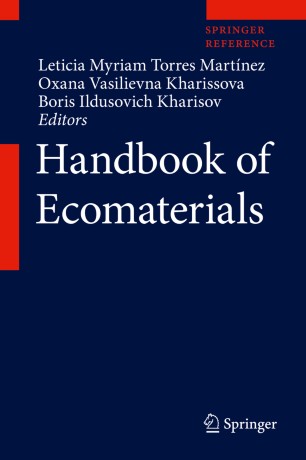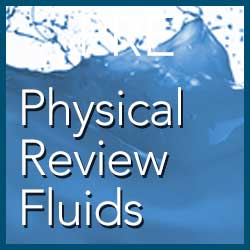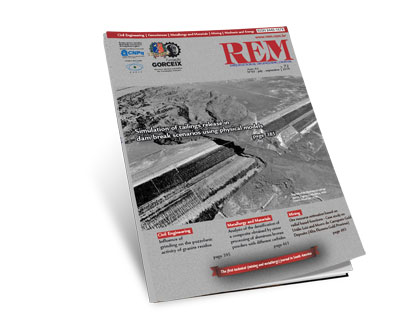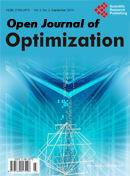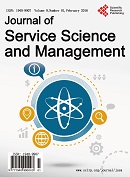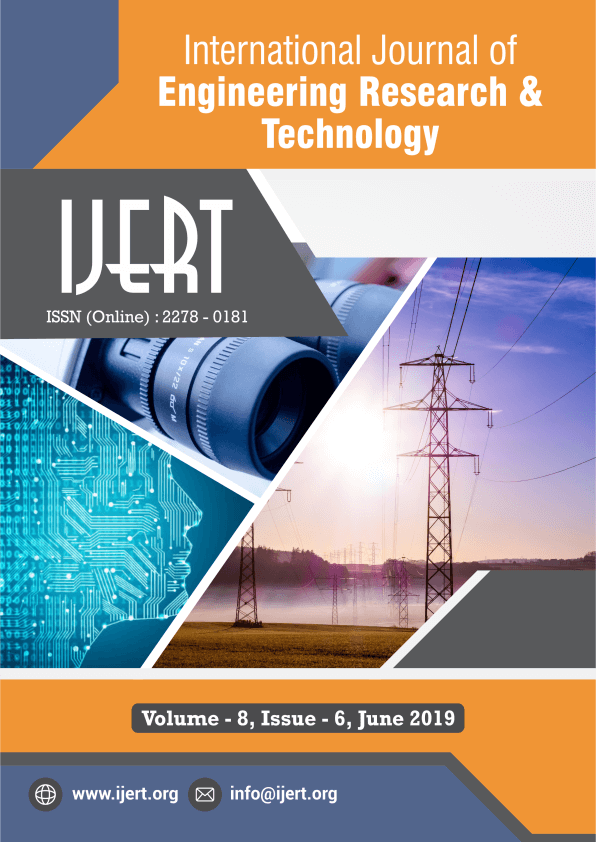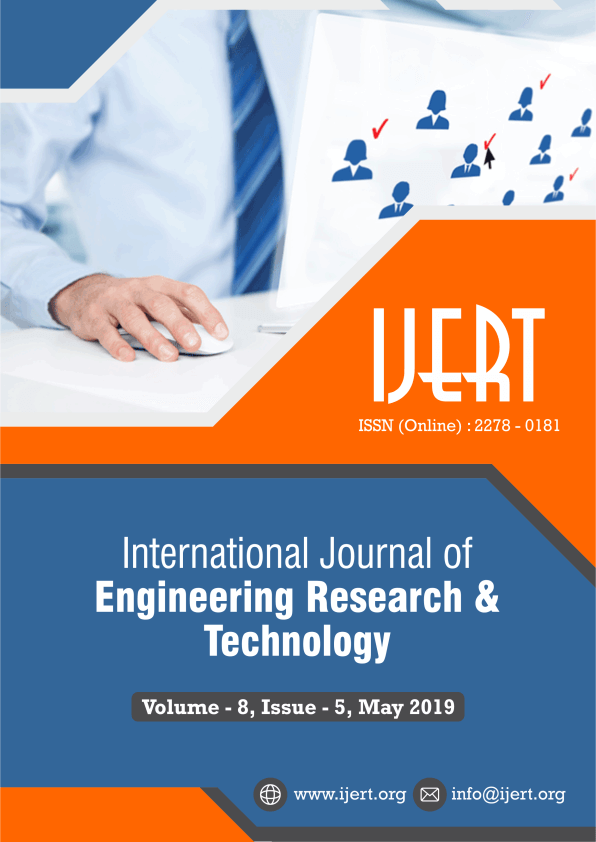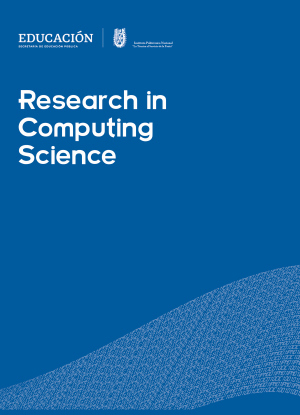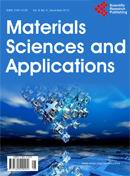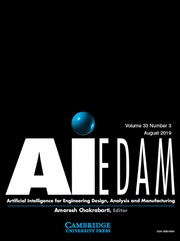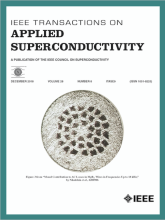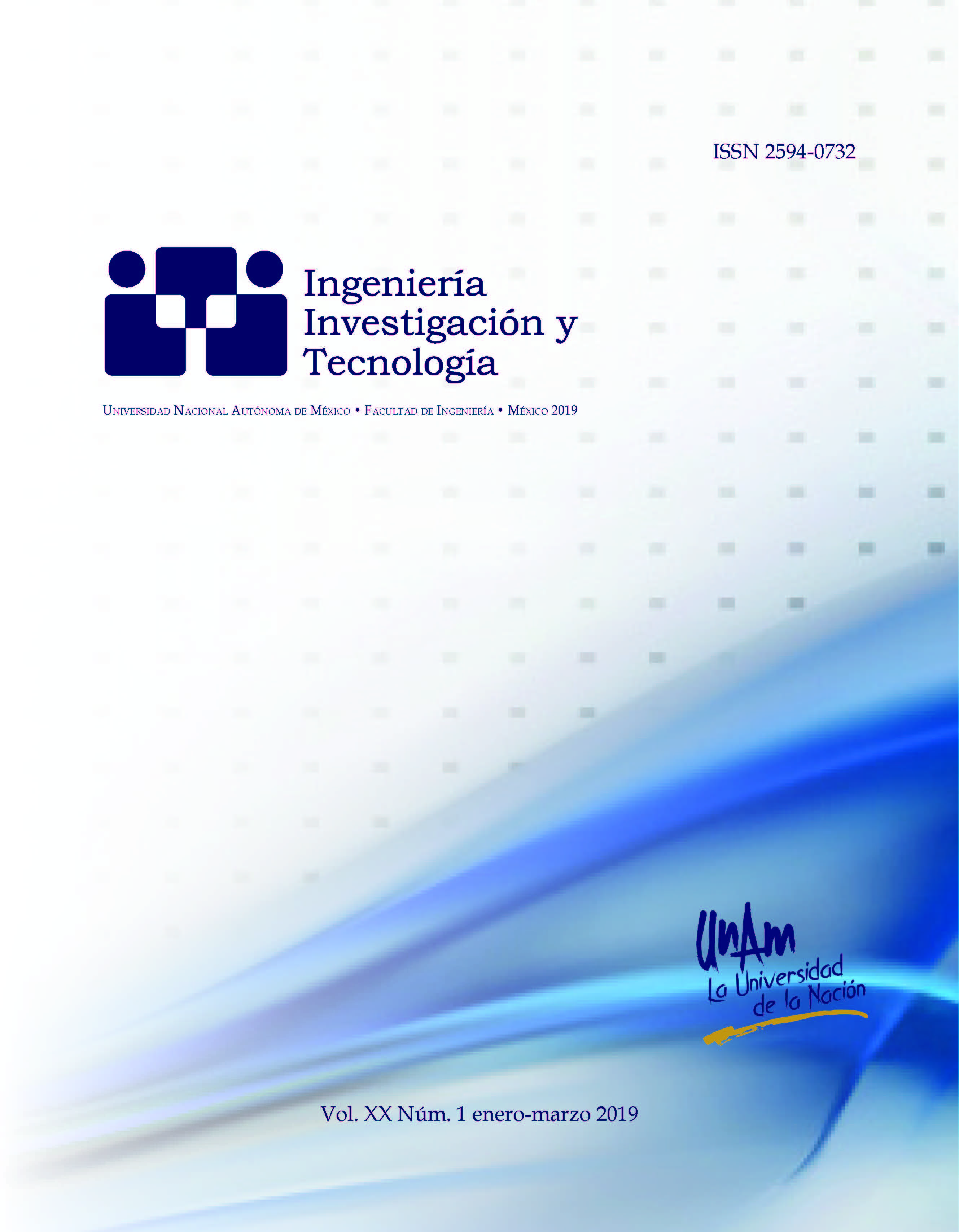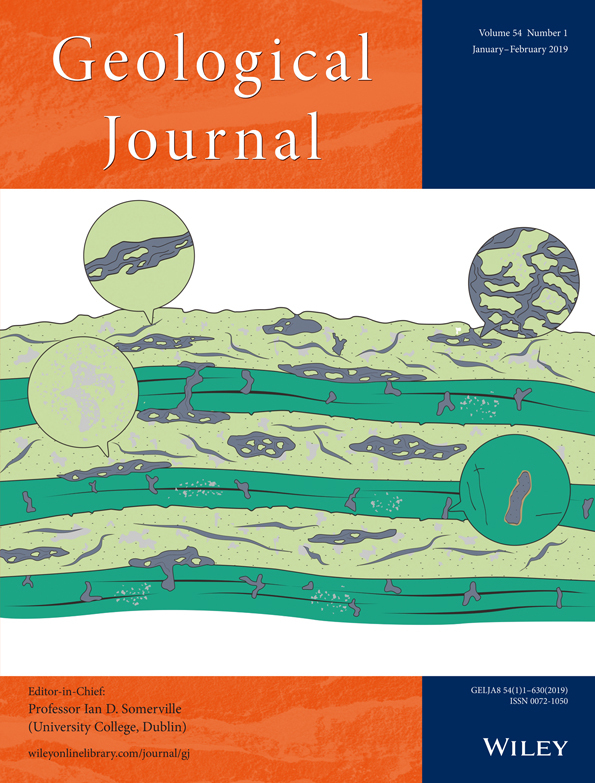
Provenance inferred through modern beach sands from the Gulf of Tehuantepec, Mexico
Geological Journal
https://doi.org/10.1002/gj.3205
Arturo Carranza Edwards1 , Juan José Kasper Zubillaga1 , Raymundo G. Martínez Serrano2 , Mayumi Amparo Cabrera Ramírez3 , Leticia Rosales Hoz1 , Miguel Angel Alatorre Mendieta1 , Antonio Z. Márquez García4 , Rufino Lozano Santa Cruz5
1 Universidad Nacional Autónoma de México, Instituto de Ciencias del Mar y Limnología
2 Universidad Nacional Autónoma de México, Instituto de Geofísica
3 Universidad Nacional Autónoma de México, Facultad de Ingeniería
4 Universidad Autónoma Metropolitana, Unidad Iztapalapa
5 Universidad Nacional Autónoma de México, Instituto de Geología
Keywords: beach sands, geochemistry, grain size, Gulf of Tehuantepec, Mexico, petrology, provenance
Abstract: Different parent rocks, climate, and relief control the provenance of beach sands on the coast of Mexico. This is the first paper to address the provenance problem of beach sands in south-eastern Mexico considering a homogeneous climate and relative similarity in parental rocks but different relief. Two coastal areas are confined in this study: (a) the Western Gulf of Tehuantepec (WGT) and (b) the Eastern Gulf of Tehuantepec (EGT). The WGT beach sands are probably controlled by the denudation of orthogneisses, Eocene–Miocene basaltic–andesites–dacites–rhyolites from the Volcanic Belt of the Sierra Madre del Sur (VBSMS), and granites to diorites from the Coastal Plutonic Belt (CPB). The rocks exposed in the EGT are represented by orthogneisses and tonalite, granodiorite, and gabbro suites from the Palaeozoic–Mesozoic Chiapas Coastal Plutonic Belt (CHCPB). Quaternary andesites and dacites from the Tacaná Volcano are located in the eastern coastal area. The Chemical Index of Alteration (CIA) and Plagioclase Index of Alteration (PIA) values indicate that the less weathered beach sands are in the WGT compared to the EGT coastal area. Plagioclase transport is preserved in a narrow coastal plain that contributes to a lower a weathering rate compared to the EGT sands deposited in a wider coastal plain. Geochemical analyses show that the WGT and EGT beach sands are admixtures of felsic, intermediate, metamorphic, and volcanic sources in their sands composition. Relief seems to play a major role in the composition of beach sand in both coastlines, since parental rocks are mostly similar in composition and climate remains homogeneous along the coast.
Geological Journal
https://doi.org/10.1002/gj.3205
Arturo Carranza Edwards1 , Juan José Kasper Zubillaga1 , Raymundo G. Martínez Serrano2 , Mayumi Amparo Cabrera Ramírez3 , Leticia Rosales Hoz1 , Miguel Angel Alatorre Mendieta1 , Antonio Z. Márquez García4 , Rufino Lozano Santa Cruz5
1 Universidad Nacional Autónoma de México, Instituto de Ciencias del Mar y Limnología
2 Universidad Nacional Autónoma de México, Instituto de Geofísica
3 Universidad Nacional Autónoma de México, Facultad de Ingeniería
4 Universidad Autónoma Metropolitana, Unidad Iztapalapa
5 Universidad Nacional Autónoma de México, Instituto de Geología
Keywords: beach sands, geochemistry, grain size, Gulf of Tehuantepec, Mexico, petrology, provenance
Abstract: Different parent rocks, climate, and relief control the provenance of beach sands on the coast of Mexico. This is the first paper to address the provenance problem of beach sands in south-eastern Mexico considering a homogeneous climate and relative similarity in parental rocks but different relief. Two coastal areas are confined in this study: (a) the Western Gulf of Tehuantepec (WGT) and (b) the Eastern Gulf of Tehuantepec (EGT). The WGT beach sands are probably controlled by the denudation of orthogneisses, Eocene–Miocene basaltic–andesites–dacites–rhyolites from the Volcanic Belt of the Sierra Madre del Sur (VBSMS), and granites to diorites from the Coastal Plutonic Belt (CPB). The rocks exposed in the EGT are represented by orthogneisses and tonalite, granodiorite, and gabbro suites from the Palaeozoic–Mesozoic Chiapas Coastal Plutonic Belt (CHCPB). Quaternary andesites and dacites from the Tacaná Volcano are located in the eastern coastal area. The Chemical Index of Alteration (CIA) and Plagioclase Index of Alteration (PIA) values indicate that the less weathered beach sands are in the WGT compared to the EGT coastal area. Plagioclase transport is preserved in a narrow coastal plain that contributes to a lower a weathering rate compared to the EGT sands deposited in a wider coastal plain. Geochemical analyses show that the WGT and EGT beach sands are admixtures of felsic, intermediate, metamorphic, and volcanic sources in their sands composition. Relief seems to play a major role in the composition of beach sand in both coastlines, since parental rocks are mostly similar in composition and climate remains homogeneous along the coast.












